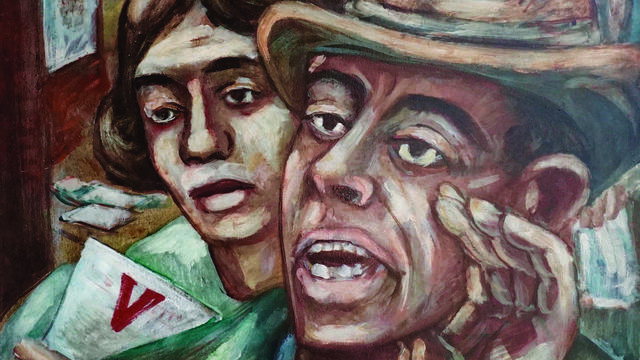Guide
Language in Postwar Jewish Culture
1945–1973

Download the full introduction to
Volume 9.
Related Primary Sources
Primary Source
Great Jewish Short Stories
Most of the stories in this collection are modern; a few are ancient. They were written in Hebrew, German, Yiddish, Russian and English, yet all are, to a discerning eye, very clearly Jewish. [ . . .…
Primary Source
The Great Dictionary of the Yiddish Language
The Great Dictionary of the Yiddish Language has been assembled on the basis of inclusiveness—that is to say, as a dictionary which attempts to record and include all the words of the Yiddish language…


